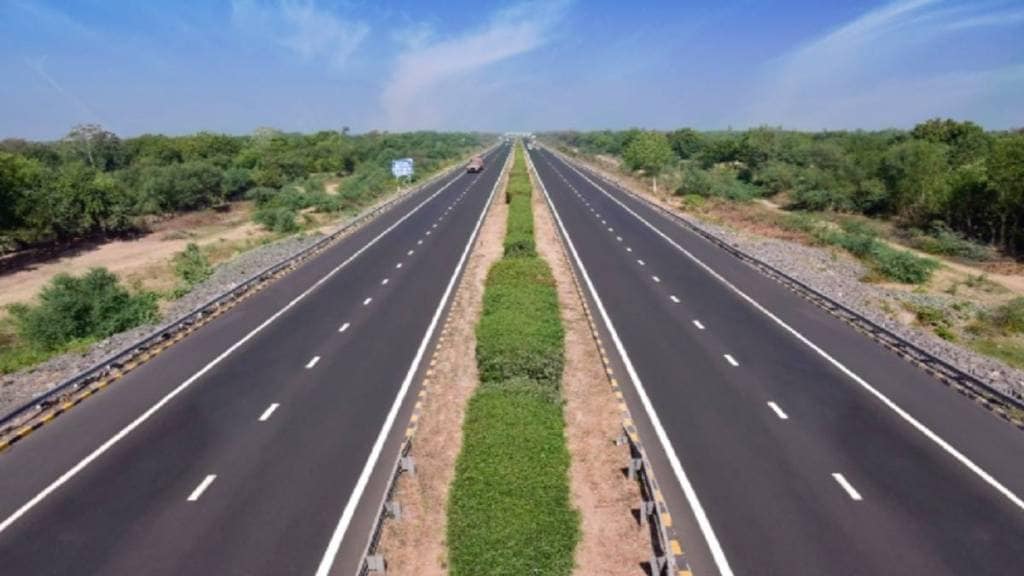Over the past five years, the Ministry of Road Transport and Highways has consistently exceeded the length of highways constructed compared to the output in FY 2013-14. Leveraging advancements in material and procedural technologies in recent times, the Ministry has introduced several specifications to enhance the quality of National Highway (NH) construction. If we do a decade long comparison from FY 2013-14 to FY 2022-23, the length of the highways constructed jumped double. There has been a consistent increase in the construction of National Highways/roads since 2013-14, with 10,300 km constructed in 2022-23. FY 2020-21 saw the maximum growth when 13,300 km constructed.
Use of bitumen
These enhancements focus on achieving superior strength, durability, and environmental sustainability. Notable examples include the use of higher modulus of resilience bitumen/modified bitumen, reinforced concrete and steel with increased strength, ultra-high performance fiber-reinforced concrete, and stabilized sub-base and base courses for pavements.
Green Highways
In September 2015, the Ministry introduced the “Green Highways (Plantation, Transplantation, Beautification and Maintenance) Policy, 2015”. This policy is geared towards sustainable practices in the management of highways. Since its inception, an impressive 373 lakh plants have been planted along the available Right of Way (ROW), contributing to environmental conservation. Moreover, more than 64,000 mature trees have been successfully transplanted, reflecting the Ministry’s commitment to preserving the natural landscape.
Upswing in highway construction
The Ministry’s dedication to enhancing infrastructure quality and adopting eco-friendly practices has translated into a remarkable upswing in highway construction. By embracing cutting-edge materials and processes, they have achieved greater strength and longevity in highway structures. Additionally, the focus on environmental sustainability through the Green Highways Policy has not only enriched the landscape but also showcased the Ministry’s commitment to responsible infrastructure development.
As the Ministry continues to push the boundaries of innovation and sustainable practices, it reaffirms its role in shaping India’s transportation landscape for the better. The consistent growth in highway construction and the implementation of quality-enhancing specifications signal a forward-looking approach. This journey towards progress not only connects regions and boosts economic growth but also contributes to the nation’s broader sustainability goals.
Infrastructure is the back bone for any economy
Infrastructure serves as the foundational backbone of any economy, providing the essential framework for sustained growth and development. It encompasses a diverse range of critical systems, including transportation networks, energy supply, communication channels and public facilities. Investment in well-planned infrastructure not only stimulates economic activities but also fosters innovation, competitiveness and societal progress.

